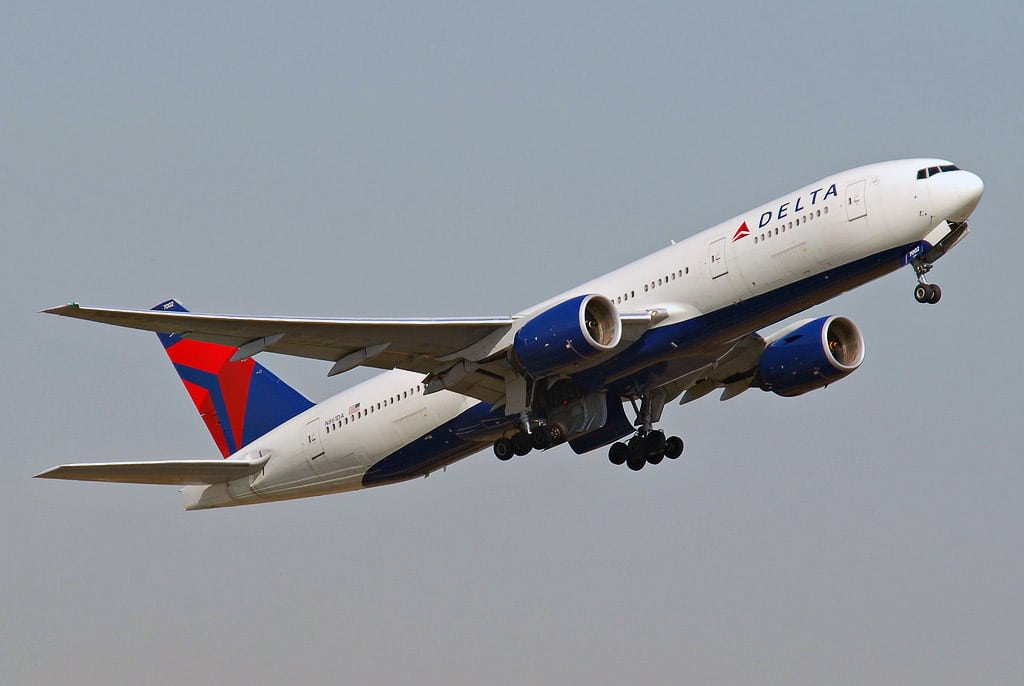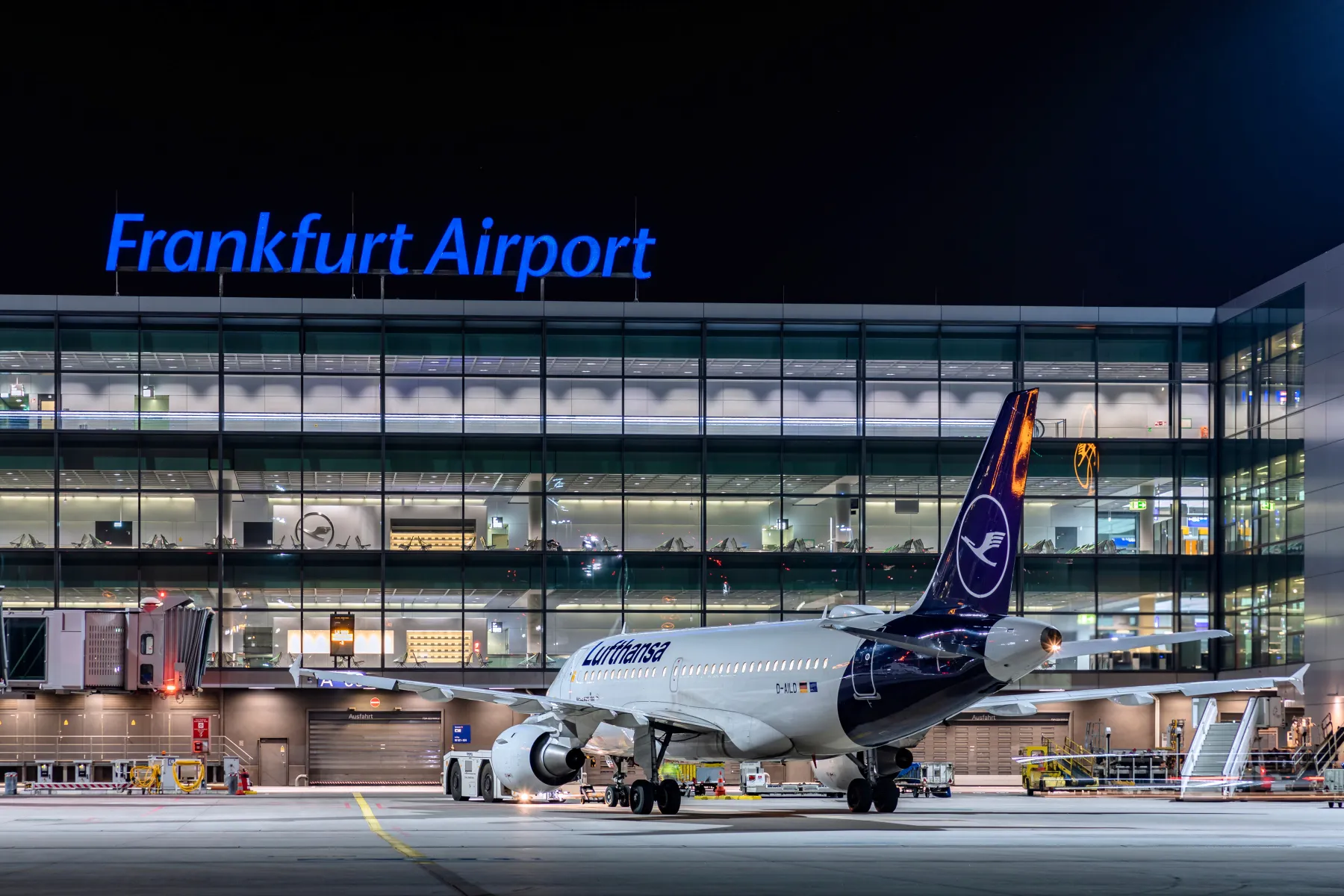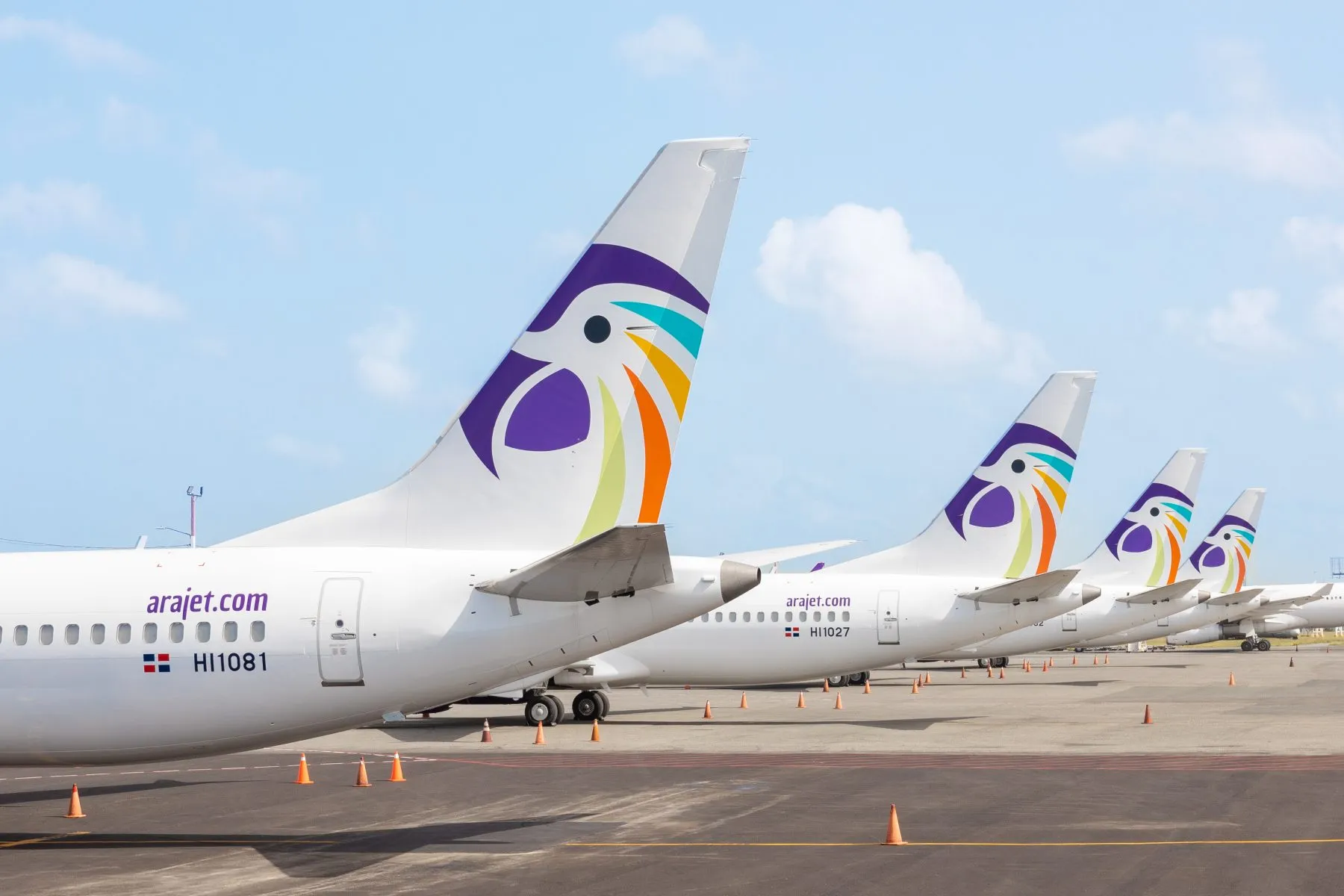U.S. Airlines Add Untapped International Routes in Next Stage of Growth

Skift Take
The U.S. airline industry is roughly seven years into one of the most profitable periods in its history, and with demand still booming, there's little sign it will end soon.
But have U.S. carriers run out of logical routes?
It may sound odd, with profits (and load factors) at near-record levels. But with airlines taking new planes and investors seeking growth, planners at U.S. carriers are under pressure to find new routes that someday will reap dividends. Since most cities that need service already have it, that's harder than it appears.
Domestic routes are less of an issue. Airlines seem confident they have room for new U.S. flights, adding capacity between hubs and small- and medium-size markets, such as Burbank, Calif.; South Bend, Ind.; Champaign, Ill.; and Rochester, Minn. Airlines cut flights in these cities during the Great Recession — a 2013 Massachusetts Institute of Technology study found carriers slashed 28 percent of flights at medium-size airport between 2007 and 2012 — and they only recently began investing in them.
International is another matter. U.S. airlines have been on an international binge over the past five years, and the low-hanging fruit is nearly gone. Samuel Engel, head of the aviation group at ICF, a consulting firm, said airlines may be in a stage where they're throwing "a bunch of spaghetti," hoping "some of it will stick."
This is not unprecedented. Airlines are a cyclical business, sensitive to external shocks. Near the end of most cycles, Engel said, carriers may run out of obvious ideas, so they go farther afield. Then disaster strikes — a fuel price increase or a terrorist attack or a recession — and they cut.
The last time the industry was in this growth stage, a little more than a decade ago, American Airlines had begun flying to Moscow from Chicago, while Delta Air Lines launched or was set to begin many bold routes from New York, including Bucharest, Romania; Amman, Jordan; Tel Aviv; and Cairo.
Some have lasted, including including Tel Aviv, a route Delta will increase to double daily in June. But many disappeared after demand slowed. What once seemed like a brilliant idea for a new market, like Moscow, which United Airlines also flew from Washington Dulles, no longer made sense.
Is it Happening Again?
As corporate demand rebounded, the Big Three, all strengthened from mergers, no longer needed to take as many chances on opening markets like Jordan or Russia, because they needed to bulk up capacity to the world's top business cities.
In some cases, they had slashed flying during the worst of the financial crisis and wanted to reinstate it. In others, they were responding to changes in post-recession market dynamics.
At American, growth opportunities were obvious. When it merged with US Airways in 2013, American was undersized across the Pacific, so it strengthened Los Angeles, adding Hong Kong, Sydney, Auckland, Beijing, and a second Tokyo flight. American needed the routes for key corporate customers, who expected the world's largest airline to have global reach.
United Airlines and Delta Air Lines also made changes at West Coast hubs, prioritizing the biggest Asian and European markets. United has bulked up in San Francisco, adding Zurich, Amsterdam, Paris, Munich, Tel Aviv, and Singapore, among others. Delta, meanwhile, has built a transpacific hub in Seattle, filling a major gap in its network, and allowing it to win business from Pacific Northwest tech firms.
Not all those new routes were immediate moneymakers. It takes time to ramp up new flights, and some may never make a profit. But at least the routes make sense for strategic reasons: Big airlines need to fly to major business destinations.
Now we're in a new stage, with the network planners crunching numbers to find less-than-obvious routes. If they hit it big, they can earn major profits for their employers. If not, they can put the plane elsewhere next year.
As they search for the next big hit, they're taking big chances. So big that sometimes when Engel sees a new route announcement, he said he doesn't believe it.
"Some of this sounds to me like aircraft in search of a market,” he said.
They are Flying Where?
At least once every few months, a U.S. airline is sending a press release announcing a less-than-obvious route. In May, American said it soon will add new flights to Huatulco, Acapulco, and Chihuahua, instead of simply adding more flights to Los Cabos, Cancun, and Puerto Vallarta, as other carriers have done.
American is taking a similar strategy in Europe. Last summer, American added seasonal service to Budapest, Prague, and Venice.
This summer it's trying Chicago to Athens, along with Philadelphia to Berlin, Bologna, and Dubrovnik. The Dubrovnik flight is the first between Croatia and the United States in almost three decades, according to local media.
U.S. airlines have always taken more chances on Europe in summer, because demand jumps as more travelers take vacations. But airlines historically have avoided the smallest tourist markets, like Dubrovnik, Engel said, in favor of bigger cities like Copenhagen or Stockholm.
"Dubrovnik is a stretch," he said. "It's a lovely place to go but it's a city about the size of Staten Island.”
At United, Patrick Quayle, vice president for international planning, is also thinking differently. United has flown to the largest business and leisure destinations, but this summer, it has added Porto, Portugal, Naples, Italy, and Prague, all from Newark.
Quayle has been busy elsewhere, too. A couple of years ago, United added capacity in Hawaii for leisure travelers in search of a Pacific vacation. But with that market now saturated, Quayle last year added Papeete, Tahiti, for travelers who want a different experience.
United is the only mainland U.S. airline flying to French Polynesia, and will be the only U.S. carrier flying to Cape Town, South Africa, later this year.
"We are looking for untapped destinations," Quayle said in April.
Delta is also going big in Europe, but with a slightly different strategy. While it also flies to some smaller European cities from its big hubs, like its flight from New York to the Azores islands, Delta has placed a priority on connecting smaller U.S. cities with European partner hubs in Paris and Amsterdam. It's now flying from Tampa and Orlando to Amsterdam, and from Indianapolis to Paris.
Elsewhere, Delta hasn’t opened as many exciting new markets as its competitors. But later this year, it will return to India, flying from New York to Mumbai. It last flew to Mumbai between 2006 and 2009.
Keeping Planes Close to Home
Generally, airlines prefer to use their most expensive assets for the 10-to-16-hour flights Boeing and Airbus intended. But sometimes, planners decide they don't have long-haul routes for them. It happened this winter and spring at American.
In the past, American had a balanced network, flying more to Europe in the summer, and then shifting airplanes to Latin America in winter. But many Latin American markets, including Brazil and Argentina, are not as strong as they once were, making the region tougher for American.
So this winter and spring, American instead flew some widebody jets in North America, sending them to Phoenix, Cancun, and Hawaii. It was an unusual strategy that worked, Vasu Raja, vice president for planning, said in a February interview.
"We flew it into some really high-demand places," he said. "It looks way better than if we had stuck it on another marginal international trip. We flew Chicago to Phoenix on a widebody with a 93 percent load factor. We were bringing people off the farm and taking them to the desert, as we joked.”
Correction: An earlier version of this story said United is the only U.S. carrier flying to Tahiti. It is the only mainland U.S. airline flying there. Hawaiian Airlines also flies to French Polynesia.




